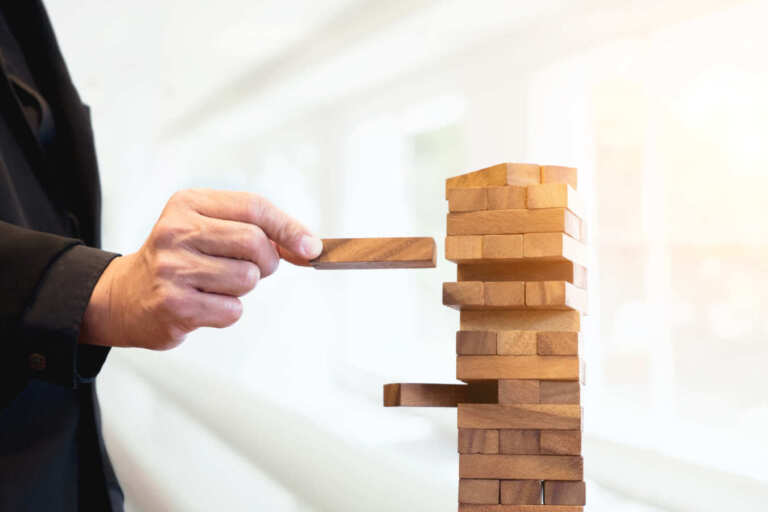Affinity Diagram
An Affinity Diagram is a way to organize and group large amounts of unstructured, different, and sometimes conflicting data into meaningful clusters or categories. It is also called the KJ method, after the man who came up with it, Jiro Kawakita.
The following steps make up the process of making an affinity diagram:
Gather Data: Use brainstorming or other techniques for coming up with ideas to get all the relevant data, ideas, and opinions from a group of people, such as a project team or stakeholders.
Write Information on Cards: Write each piece of information or idea on its own card or post-it note. It’s important to say things in short, clear sentences.
Group Ideas That Are Similar: Look for cards that have the same or similar ideas and put them in the same group. You can do this by moving the cards around until they form groups.
Label the Clusters: Once the clusters are made, give them names that describe the main idea or theme they share.
Refine and Finish: Look over the groups and headings to make sure they represent the data and ideas correctly. Change anything that needs to be changed until the final affinity diagram is made.
The affinity diagram is helpful for solving problems, making decisions, and making plans. It gives a picture of the data, which makes it easier to see patterns and connections and to find possible solutions or new opportunities. Creating an affinity diagram also helps group members work together, talk to each other, and come to a decision.
The affinity diagram can be used at different points in managing a project, for example:
Planning: The affinity diagram can be used during the planning stage to organizing ideas that came up during brainstorming sessions or to find possible risks that could affect the project. By putting ideas or risks that are similar together, the team can find patterns and themes that can help them plan the project.
Problem-Solving: If there is a problem with the project, the affinity diagram can be used to find possible causes. By putting together related problems, the team can figure out what’s going on and start working on solutions.
Team Communication: The affinity diagram can also be used to help team members talk about and understand the project’s main issues and themes. Showing the diagram to the team can help them talk about problems and work together to solve them.
Post-Project Evaluation: The affinity diagram can be used to figure out if the project was a success or a failure after it is done. The diagram can help figure out what parts of the project went well and what parts could be better in future projects.
Overall, the affinity diagram is a useful tool for project management because it helps bring structure and clarity to complex or unstructured data, encourages teamwork, and can help people make better decisions.
Usage
It is used in project planning








